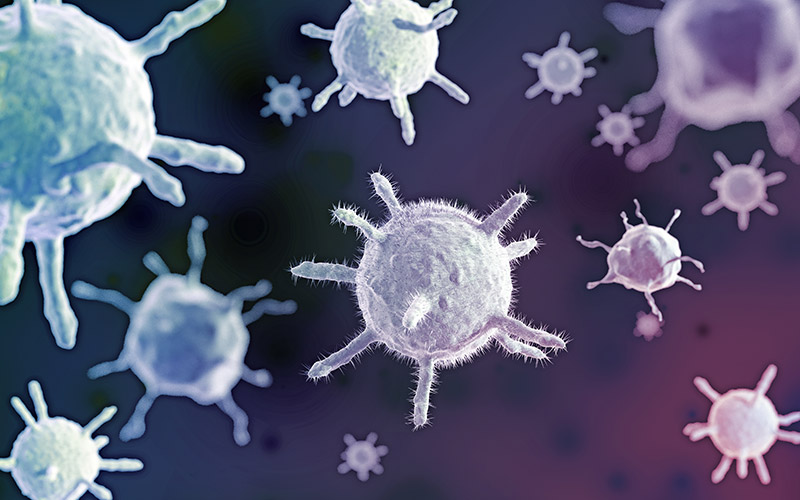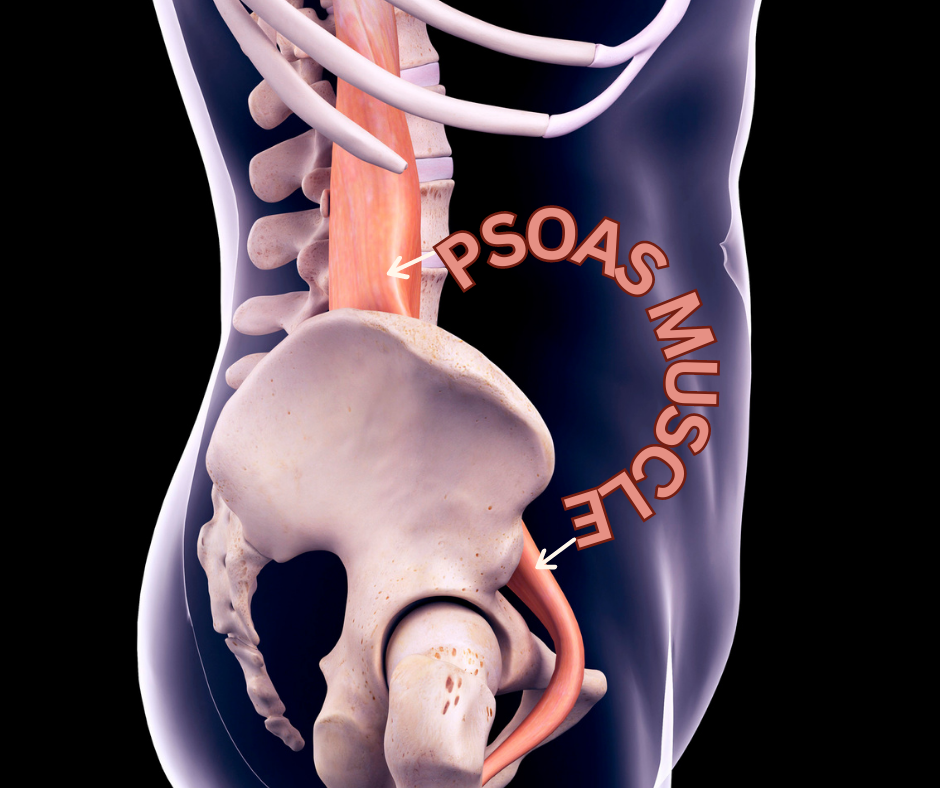This infamous yeast or fungus does not manufacture its own food from the sun as plants do, but rather consumes it like animals, burning fuel foods with oxygen. This tiny micro flora are everywhere, subsisting on the surface of all living things. These are the yeasts that cause the bread to rise and fruit to ferment into wine. Normally, this candida is always present on the internal and external body surfaces (skin, mucosa and digestive tract). It is especially present in the esophagus (causing a symptom such as “food sticking in the throat with impossibility of swallowing”) and in the small intestine.
Normally, these yeast cells live in harmony with other bacteria in a concentration of millions of bacteria versus one candida. These bacteria form the normal flora of the gastro-intestinal tact and inhibit the over growth of yeast in normal circumstances. It only becomes a problem when the balance is upset and you have a over growth of candida and less of the normal flora in the gastro-intestinal tract that is when you create a candida problem in your body.
WHY IS THIS DISEASE SHOWING UP IN EPIDEMIC PROPORTIONS?
Historically, we know of course, that candidiasis has been around for centuries. Both oral and vaginal thrush were in existence over two thousand years ago.
What have we done in the recent decades that we have created such a opportune milieu for these yeast bugs?
CAUSES OF CANDIDA
Any cause of diseases can be reduced to four main groups: Hereditary factors – food – emotions – and external factors. For certain diseases, the cause will overwhelmingly be one of these four, but usually all of them are involved to a certain degree. The one group of factors, however, that predominates in the outbreak of Candida is the external group.
When our first antibiotics were made available during the Second World War (Penicillin), indisputably we had made a big step forward, but things got somewhat out-of-hand after that initial period. Broad spectrum antibiotics were and are used for common colds. So that the normal flora (coli, bacteroides and enterobacterias) can be suppressed. Only two days of antibiotics allows the overgrowth on Candida in a susceptible person. And although antibiotics may be the main culprits, they are not the only ones! Cytostatica, immunosuppressives and cortisone can also contribute to a problem with Candida. Other exterior factors are surgical interventions, burns, catheterizations, dialysis, diabetes mellitus, hypothyroidism, hormonal therapy (“the pill”), pregnancy and a ferriprive anemia. All people in this group have an increased risk of yeast infections.
SYMPTOMS OF CANDIDA
- Vaginal yeast Infections
- Burning of the Vagina
- Burning when urinating
- Vulva redness and swelling
- Itching of the Vagina
- Discomfort during or after sexual intercourse
- Allergic symptoms (multi-food intolerance)
- Bloating
- Gas (burping or flatulence)
- Constipation
- Vaginal discharge – (Cottage cheese like in nature, or thick/whitish-gray discharge, or watery to thick in consistency)
SPREADING MECHANISM
How does the yeast become systemic, almost invading any other organ? Normally these yeast cells live in harmony in our gastrointestinal-intestinal system (especially in the esophagus, small intestine and feces).They live together with bacteria in a concentration pf millions of bacteria versus one candida. These bacteria form the normal flora of the gastrointestinal tract and inhibit the overgrowth of the candida.This process is called symbiosis: it is the mutual cohabitation of living organisms with benefit to both. What is normal intestinal flora? It consists of three parts: the main flora, Anaerobe bacteria (Bacterium Bifidus and Bacteroides); the secondary one consists of the E. Coli, Enterococci and Lactobacilli; the residual one is composed by yeast cells, Clostridia and Staphycocci. This will become important when we have to replace this destroyed flora: the product that contains most of these bacteria will be best. Right there the person will have a guideline as to which “Acidophilus” brand to choose. In normal circumstances, Candida cells do not leave the gastrointestinal tract and spread in the blood. However, the barrier is broken when there is a concentration of millions of yeast cells. This process is called persorption. Another spreading mechanism is the invasive growth of mycelia (the “legs” of the Candida cells) in the bowel walls so that the blood and lymph vessels can be reached.Indeed, the Candida can take two forms: the yeast form, which cannot penetrate the small intestine wall, and the fungus form with its mycelia, invading the wall and spreading to the blood.
THERAPY FOR CANDIDA
The first and best treatment of any disease is the prevention of it. We have to pay close attention to all the triggering factors. Of course, one that can be found in almost any person is the over use of antibiotics. We know that antibiotics are almost always prescribed for any infection, viral or bacterial.
- High doses of Lactobacillus Acidophilus. ( Grainfields lemon & ginger B.E. liquid or Original B.E. liquid). Dose as directed on our product page.
- Eat more Natural Yoghurt’s
- Anti-fungal medication
- Avoid yeast containing foods totally
- Avoid foods which contain molds or are related to molds (mushrooms)
- Another triggering factor is the humidity and presence of molds. One of the best ways to avoid this in your house is to invest in a Air purifier Ioniser.
- Upon rising, drink at least 2 glasses of water with Juice of one lemon (ideal detoxifier)
- Also take 3 scoops of super greens
- No Alcohol or fermented products
- No sugar and maximum of only 3 pieces of fruit daily
- Extreme cases of Candida remove wheat and grains from diet









